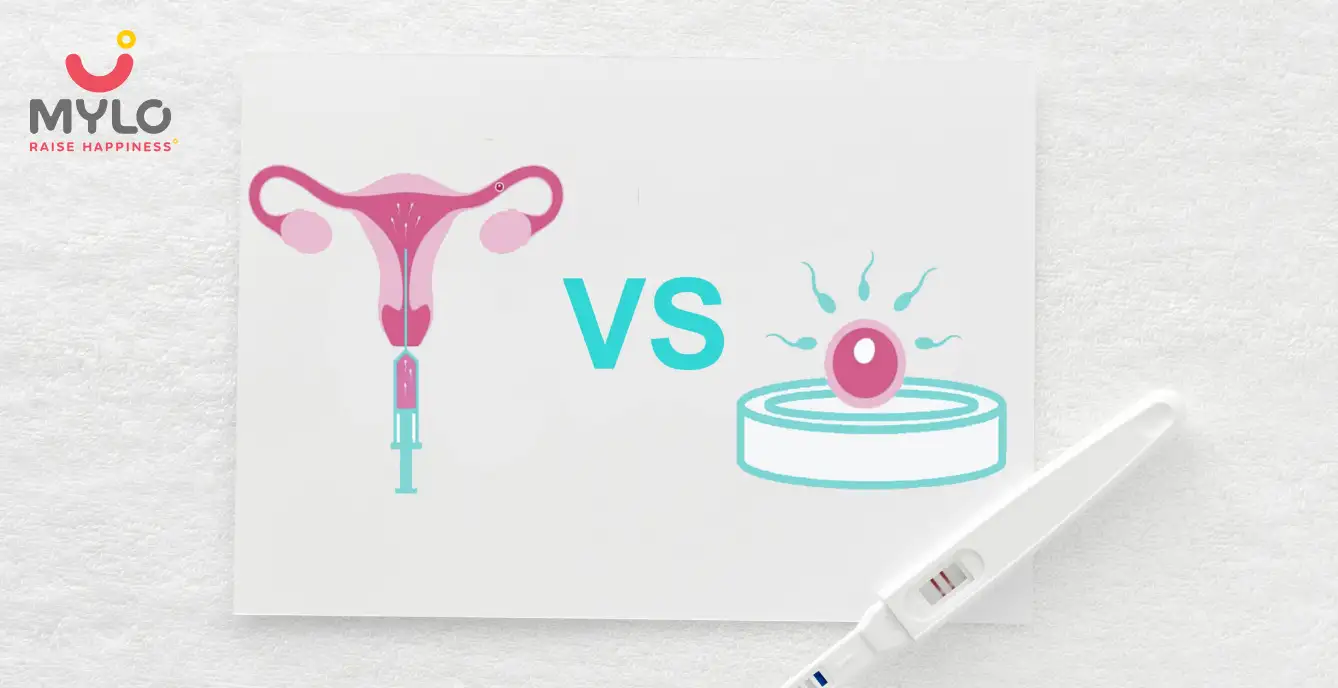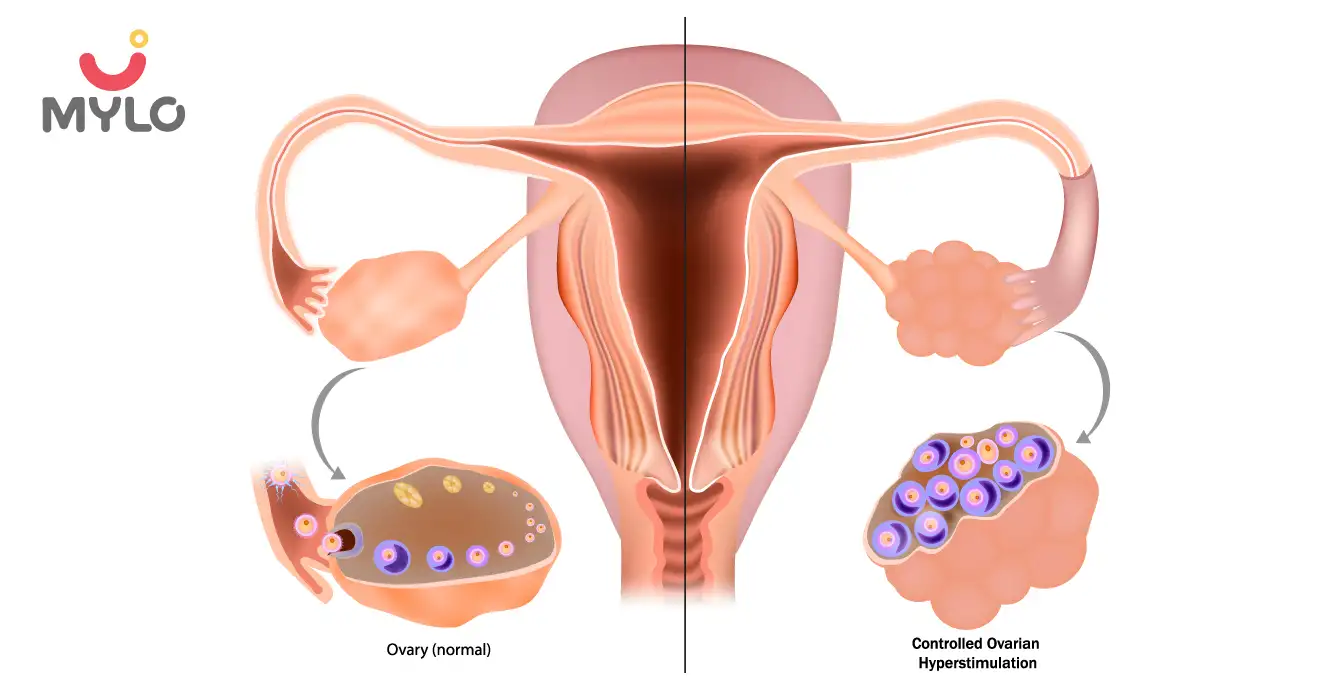Home

Allergies

Eye Flu Alert: The Seasonal Epidemic You Need to Know About
In this Article

Allergies
Eye Flu Alert: The Seasonal Epidemic You Need to Know About
Updated on 25 July 2023
Eye flu, also known as conjunctivitis or pink eye, is a common eye infection that affects millions of people worldwide. In light of the recent rains and season change, the number of eye flu cases has risen rapidly in the country, causing discomfort and inconvenience to those affected. Understanding the causes, symptoms, treatment options, and preventive measures for conjunctivitis is essential for maintaining good eye health.
In this comprehensive guide, we will delve into the details of eye flu symptoms, providing valuable insights and practical tips for managing and preventing this seasonal epidemic.
Why are Eye Flu Cases on the Rise?
Eye flu cases tend to increase during certain seasons, such as spring and autumn. The reasons behind this rise in cases can be attributed to various factors.
1. Seasonal changes
Firstly, seasonal changes result in an increase in allergens, such as pollen, dust, and mold spores, which can trigger allergic conjunctivitis.
2. Crowded space
Additionally, the close proximity of individuals in crowded spaces during these seasons facilitates the spread of viral and bacterial conjunctivitis.
3. Poor hygiene practices
Poor hygiene practices, such as touching the eyes with unwashed hands, further contribute to the spread of eye flu.
Being aware of these factors can help individuals take necessary precautions to minimize their risk of contracting conjunctivitis.
Is Eye Flu the Same as Conjunctivitis?
Eye flu is a term commonly used to refer to conjunctivitis, an inflammation of the conjunctiva, a thin membrane that covers the white part of the eye and the inner surface of the eyelids. While eye flu and conjunctivitis are often used interchangeably, it is important to note that conjunctivitis can have various causes, including viral, bacterial, and allergic. Therefore, it is crucial to identify the underlying cause of conjunctivitis to determine the most appropriate treatment approach.
What are the Different Types of Conjunctivitis?
Conjunctivitis can be classified into three main types: viral, bacterial, and allergic conjunctivitis.
1. Viral conjunctivitis
Viral conjunctivitis is the most common type and is caused by a viral infection. It is highly contagious and can spread easily through direct or indirect contact with an infected person.
2. Bacterial conjunctivitis
Bacterial conjunctivitis, on the other hand, is caused by bacteria and is characterized by symptoms such as a thick, yellowish discharge from the eyes.
3. Allergic conjunctivitis
Allergic conjunctivitis is triggered by allergens, such as pollen or pet dander, and is often associated with symptoms like itching, redness, and excessive tearing.
Understanding the differences between these types of conjunctivitis can aid in accurate diagnosis and appropriate treatment.
What are the Common Eye Flu Symptoms?
Recognizing the symptoms of conjunctivitis is crucial for early detection and prompt treatment. The common symptoms of eye flu include:
- Redness of the eyes
- Itchiness
- Excessive tearing
- A gritty sensation
- Discharge that may be watery or thick.
In viral conjunctivitis, the discharge is usually clear and watery, while bacterial conjunctivitis is characterized by a yellowish or greenish discharge. Allergic conjunctivitis often presents with symptoms such as itching, redness, and swollen eyelids.
Being aware of these symptoms can help individuals seek timely treatment and prevent the spread of conjunctivitis.
What are the Causes of Conjunctivitis?
Conjunctivitis can be caused by various factors, depending on the type of conjunctivitis. Viral conjunctivitis is commonly caused by adenoviruses, which are highly contagious and can spread through direct or indirect contact with infected individuals or contaminated surfaces.
Bacterial conjunctivitis is typically caused by bacteria, such as Staphylococcus or Streptococcus, and can occur as a result of poor hygiene practices or bacterial colonization in the eye area. Allergic conjunctivitis, as the name suggests, is triggered by allergens, such as pollen, dust mites, or pet dander.
Identifying the underlying cause of conjunctivitis is crucial for effective treatment and prevention strategies.
What are the Options for Conjunctivitis Treatment?
The treatment approach for conjunctivitis depends on the underlying cause. Viral conjunctivitis is usually self-limiting and does not require specific treatment. However, symptomatic relief can be achieved through the use of lubricating eye drops and cold compresses.
Bacterial conjunctivitis, on the other hand, often requires antibiotic eye drops or ointments to eliminate the bacterial infection. Allergic conjunctivitis can be managed through the use of antihistamine eye drops, avoiding allergens, and practicing good eye hygiene.
In severe cases, oral antihistamines or corticosteroids may be prescribed. It is important to consult a healthcare professional for an accurate diagnosis and appropriate treatment plan.
You may also like : Conjunctivitis in Toddlers & New Borns
How to Manage Conjunctivitis in Pregnancy?
Pregnant women who develop eye flu may have concerns about the safety of treatment options during pregnancy. It is crucial for expectant mothers to consult their healthcare provider before using any medications or remedies. In general, non-prescription lubricating eye drops can be used to relieve symptoms of viral or allergic conjunctivitis.
However, antibiotic eye drops should be used under medical supervision for bacterial conjunctivitis. Additionally, maintaining good hygiene practices, such as frequent handwashing and avoiding touching the eyes, can help prevent the spread of conjunctivitis during pregnancy.
How to Manage Eye Flu in Children?
Eye flu can be particularly challenging to manage in children, as they may have difficulty expressing their symptoms or following proper hygiene practices. It is important for parents and caregivers to be vigilant and look out for signs of conjunctivitis in children, such as redness, itching, or excessive tearing. Encouraging children to avoid rubbing their eyes and teaching them proper hand hygiene can help prevent the spread of conjunctivitis.
For symptomatic relief, non-prescription lubricating eye drops can be used. However, it is advisable to consult a pediatrician for appropriate diagnosis and treatment recommendations for children with eye flu.
How to Prevent Conjunctivitis?
Prevention is key when it comes to conjunctivitis, especially during peak seasons. To minimize the risk of contracting eye flu, it is important to follow the below preventive steps:
-
Practice good hygiene, such as frequent handwashing with soap and water, avoiding touching the eyes, and using clean towels and pillowcases.
-
Avoiding close contact with individuals who have conjunctivitis is also crucial to prevent transmission.
-
For allergic conjunctivitis, identifying and avoiding allergens can help prevent flare-ups.
-
Additionally, maintaining a healthy lifestyle, including a balanced diet and regular exercise, can boost the immune system and reduce the susceptibility to infections.
By following these preventive measures, individuals can reduce their risk of developing conjunctivitis.
Final Thoughts
In conclusion, eye flu, or conjunctivitis, is a common eye infection that can cause discomfort and inconvenience. By being aware of the different types of conjunctivitis, recognizing the eye flu symptoms, and seeking timely treatment, individuals can alleviate discomfort and prevent the spread of the infection. Protect your eyes and maintain good eye health by practicing proper eye hygiene and seeking timely treatment for any eye-related issues. Remember, prevention is key to avoiding eye flu and other eye infections.
References
1. Solano D, Fu L, Czyz CN. (2023). Viral Conjunctivitis.
2. Hashmi MF, Gurnani B, Benson S. (2022). Conjunctivitis.
3. Watson S, Cabrera-Aguas M, Khoo P. (2018). Common eye infections.



Written by
Mylo Editor
Official account of Mylo Editor
Read MoreGet baby's diet chart, and growth tips

Related Articles
Related Questions
Influenza and boostrix injection kisiko laga hai kya 8 month pregnancy me and q lagta hai ye plz reply me

Hai.... My last period was in feb 24. I tested in 40 th day morning 3:30 .. That is faint line .. I conculed mylo thz app also.... And I asked tha dr wait for 3 to 5 days ... Im also waiting ... Then I test today 4:15 test is sooooo faint ... And I feel in ma body no pregnancy symptoms. What can I do .

Baby kicks KB Marta hai Plz tell mi

PCOD kya hota hai

How to detect pcos

RECENTLY PUBLISHED ARTICLES
our most recent articles

Periods
How Many Days After IUI Should I Get My Period: Understanding the Timeline

Scans & Tests
An Expecting Mother's Guide to Glucose Tolerance Test (GTT)

In Vitro Fertilization (IVF)
Difference Between IUI and IVF: Which is Better for You?

In Vitro Fertilization (IVF)
Ovarian Stimulation: Understanding the Process and What to Expect

In Vitro Fertilization (IVF)
IVF Baby Delivery: Will You Have a C Section or Vaginal Delivery?

In Vitro Fertilization (IVF)
How Many Injections for IVF Treatment Do You Really Need
- IUI Failure Symptoms & Reasons: Understanding Why IUI Fails & What to Do Next
- Fever During Breastfeeding: Tips from Experts for New Moms
- Indian Food to Increase Breast Milk: Everything You Need to Know
- Lactose Intolerance in Babies: A Parent’s Guide to Identifying and Managing it
- TESA IVF: How This Procedure Can Help You Achieve Your Dream of Parenthood
- How Can You Encourage Sensory Play for Your Baby and What are Its Benefits?
- After How Many Weeks IVF Pregnancy Is Safe: Understanding The Ideal Timeline
- Exploring the Senses: 9 Incredible Benefits of Sensory Play for Your Child's Development
- The Ultimate Guide to Childproofing Your Home
- Start Their Love for Reading Early: The Best Books for Baby's First Library
- CMPA (Cow's Milk Protein Allergy): Identifying Symptoms and Understanding Treatment
- Birth Control Options While Breastfeeding: Balancing Parenthood and Contraception
- Period During Breastfeeding What Every New Mother Should Know
- Role of Stories and Rhymes in Your Baby’s Brain Development


AWARDS AND RECOGNITION

Mylo wins Forbes D2C Disruptor award

Mylo wins The Economic Times Promising Brands 2022
AS SEEN IN
















- Mylo Care: Effective and science-backed personal care and wellness solutions for a joyful you.
- Mylo Baby: Science-backed, gentle and effective personal care & hygiene range for your little one.
- Mylo Community: Trusted and empathetic community of 10mn+ parents and experts.
Product Categories
baby carrier | baby soap | baby wipes | stretch marks cream | baby cream | baby shampoo | baby massage oil | baby hair oil | stretch marks oil | baby body wash | baby powder | baby lotion | diaper rash cream | newborn diapers | teether | baby kajal | baby diapers | cloth diapers |








